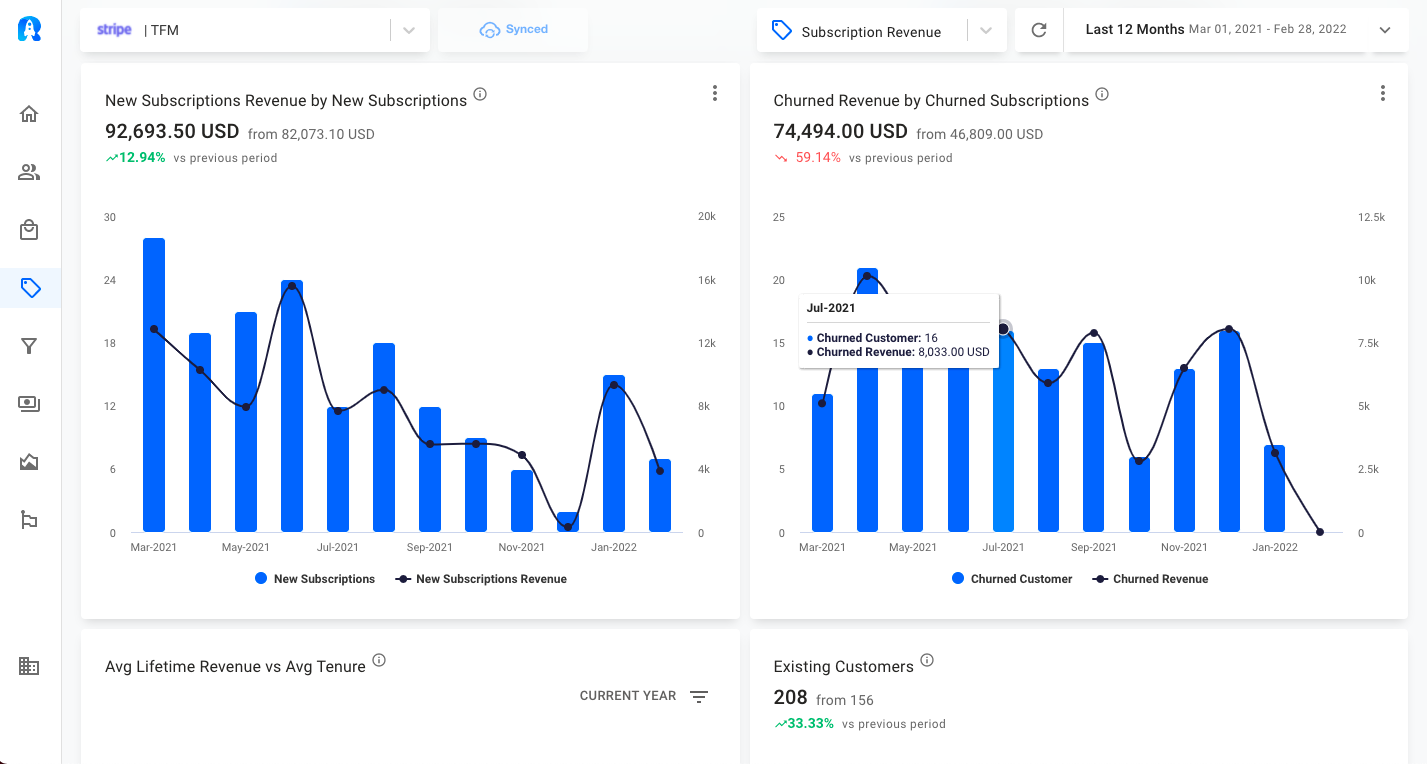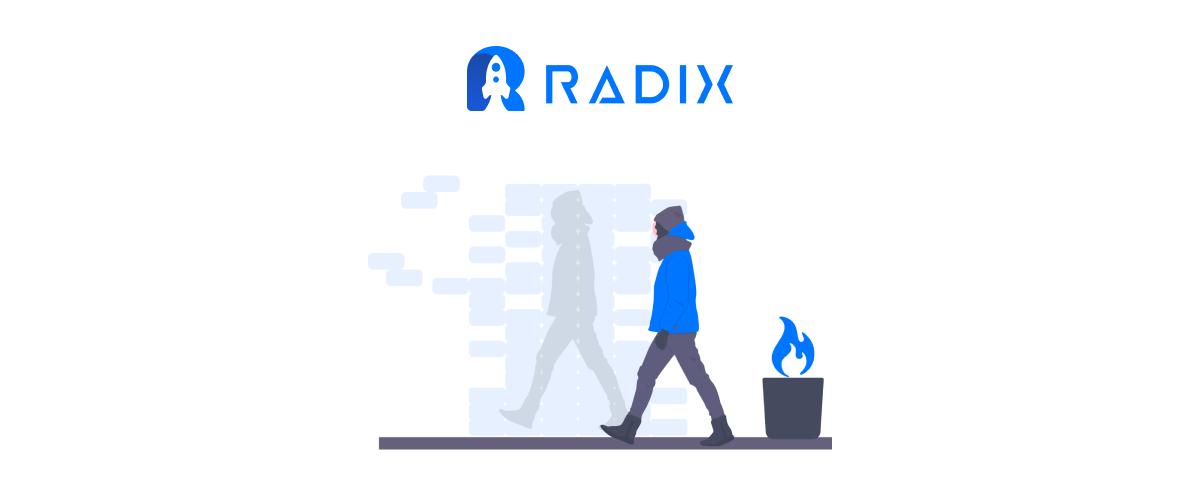The single most essential thing your SaaS firm can do to increase its growth is to reduce churn. According to some estimations, keeping a customer happy is up to 25 times less expensive than acquiring a new one. In this post you will learn how to identify customers at risk of churn.
So, how can you identify customers who are likely to churn? In this post, I’ll go through some steps you may use to identify customer cohorts who are most likely to churn. I’ll also provide you with constructive activities you can take to reduce, if not eliminate, customer churn.
By the end, you’ll have all the tools you need to minimize churn in your SaaS business.
What is Churn?
Before I go into how to identify customers at risk of churn, let’s define churn and how to calculate it.
Churn is simply the rate at which you lose customers. It is often expressed as a percentage. You can classify Churn into two types: revenue churn and customer churn.
Let’s take a look at each of them individually.
-
Revenue Churn
The amount of monthly recurring revenue (MRR) you lose each month due to cancellations and downgrades is known as revenue churn. The following equation may be used to determine it:
Revenue Churn = ((Churn MRR + Contraction MRR)) ÷ MRR at Start of Month) × 100
Note that Churn MRR is the MRR lost due to cancellations, whereas Contraction MRR is the MRR lost related to downgrades from current customers.
While this post focuses on customers, it’s also crucial to think about revenue churn because not every customer is equally valuable to your business.
When you’re working with a restricted budget, you should always prioritize your most valued customers.
-
Customer Churn
Customer churn is the monthly proportion of customers that leave your service. The following equation can be used to estimate it:
Customer Churn = (Customers Lost During the Month ÷ Total Customers at the Start of the Month) × 100
What do you need to do about customers at risk of churn?
In the end, your objective with customers at risk of churn is to keep them using your product.
This may be accomplished by attracting the proper users in the first place, providing them with high-quality services that are personalized to their needs, and continuously monitoring their user behavior for signs of dissatisfaction.
I’ll go through these steps one by one so that at the conclusion, you’ll have a well-thought-out approach that begins with marketing and extends throughout the customer’s lifetime.
Identify and sign up the appropriate customers
If your product has a wide appeal, establishing numerous individual ICPs is preferable to one broad ICP. You may reduce your churn rate before your customer ever signs up by refining an ICP and targeting just prospects that fit this profile.
Because only the proper customers will be able to get the most out of your products. Customers will stay subscribing as long as they benefit from your software.
Pursue active engagement
From the minute you receive a lead, you should use every tool at your disposal to urge users to incorporate your product into their business operations.
During the free trial time, begin sending emails to prospective clients highlighting unique features, explaining how to use your platform, and encouraging them to return to your website to test the tools.
By encouraging your customers to use the capabilities of your SaaS product to their maximum potential early and frequently, you can ensure that they are getting the most out of your product.
Keep track of your customers’ behavior
This data enables you to determine which features your users find the most essential.
Your marketing, sales, and customer success teams should communicate with your customers frequently, persuading them to use your platform.
Your data analytics and development teams should be monitoring and mapping out how users engage with your platform in the meantime.
This helps your development teams in optimizing the most heavily utilized elements of the platform.
This is an extremely useful feedback loop:
- You keep track of how customers interact with your platform.
- Then, you continue to improve the platform in response to market requests.
- Finally, you then go on to sell to a demographic that requires those features (specific ICPs).
Maintain a record of payment details
Some customers may recognize that your offering is simply not for them and will depart.
However, some customers Involuntary churn. Involuntary churn happens when a user leaves your platform without their consent due to another issue, such as a credit card payment failure.
Keeping an eye on unopened credit card data via update emails might help recognize customers who are in danger of churn. You may then use additional techniques to get people to return to actively using your service.
Identify customers at risk of churn with Radix
It’s important to be proactive in your efforts to keep customers from churning. With Radix, you can take the next step into successful customer relationship management by identifying at-risk customers and taking action to slow churn before it happens.
With the right data, monitoring your customers’ behavior can provide valuable insights. If you’re not familiar with Radix, now’s a good time to take another look. We are the leading platform for analytics and revenue management, using the power of data to transform businesses.





Read More:
15 Ways to Reduce Churn: Radix Edition
Types of Churn: Delinquent vs Proactive
Revenue Churn: Definition, How to Calculate, Ways to Track & Improve





